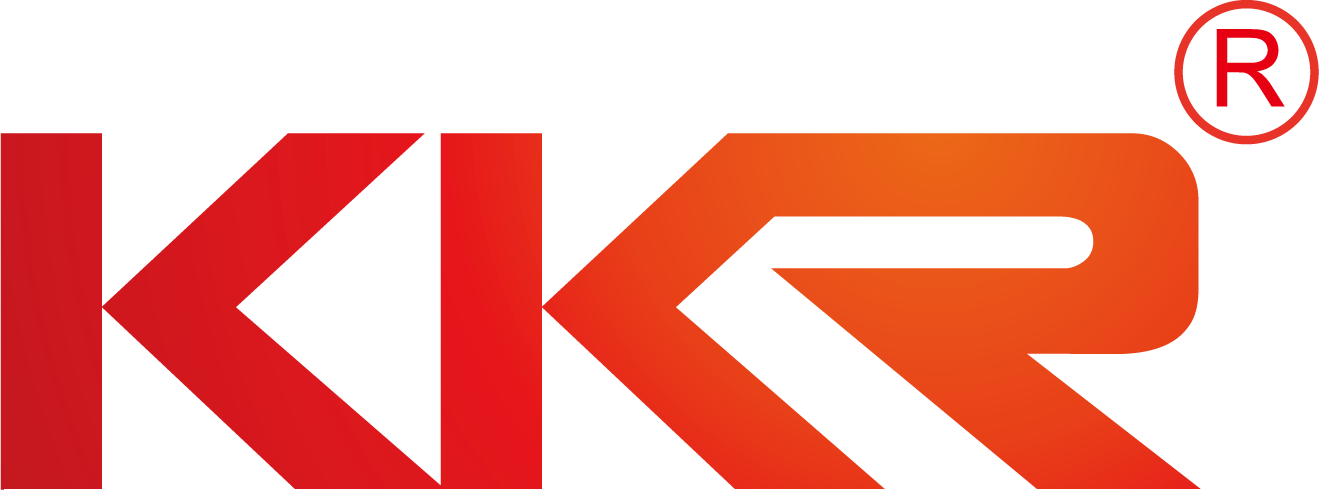 KingKonree - Solid Surface Manufacturer of Sanitary Ware, Solid Surface Countertops & Sheets for over 25 years, innovation in moulding and thermoforming
KingKonree - Solid Surface Manufacturer of Sanitary Ware, Solid Surface Countertops & Sheets for over 25 years, innovation in moulding and thermoforming
Before starling work on the sink or basin, turn
If you are replacing an old sink or basin with a new one, it is usually much easier to saw off the old supply and waste pipes and the screws securing the fitting rather than trying to undo them. Loosening old, corroded fittings is at best frustrating and often impossible. Cut the pipes where they are easy to get at both at this stage and later when the new basin is installed. When the old fitting is off the wall, the taps can usually be removed comparatively easily if you want to use them again.
Before starling any plumbing work, make sure the new basin or sink fits properly. Prepare the mountings: for example, fix wall brackets, check the position of a pedestal and drill fixing holes, check the positioning of a sink unit and cut any necessary holes in it for pipes.
Plumbing pipes can usually be manipulated so that they end up exactly where they are wanted. But waste pipes are less amenable often their slope and position are fairly fixed. So ensure that your proposed position for the new sink or basin enables the waste to be connected properly. You can gel 'kits' of waste fittings for sinks, basins and baths; a length of flexible waste pipe will often be useful as will lengths of hand-bendable copper pipe.
Before fixing the new unit into place, do as much plumbing work to it as possible, first, fix the waste outlet. Ceramic wash basins usually have an overflow build in, and a slotted waste outlet has to be used. To seal this to the basin surface, bed it in using plumbing mastic. Position the waste outlet so that the slot in it coincides with the slot from the overflow in the basin and hold in it place with the washers and back-nut supplied. Do not overtighten or the basin may crack. Remove any excess mastic.
Stainless-steel sinks have a hole for an overflow, but the overflow pipe comes with the waste outlet. The plastic washers supplied with the sink waste outlets are usually sufficient to seal the outlet and the overflow inlet to the sink surface.
Next fit the taps. To make the job of connecting the taps to the supply pipes easier, it is often a good idea to fit 'tails' first. Tails are short lengths of hand-bendable copper pipe fixed to the laps with tap connectors. Because they can be flexed, connecting the tails to the supply pipes, even once the sink or basin is in position, is easy.
With a pedestal wash basin, a common dodge is to cross the supply pipes over behind the pedestal - the pipes stay relatively well hidden, and there are not too many tight bends in the pipes.
Finally, fit the unit into place, making sure that it is secure before connecting the water and waste pipes. A pedestal basin can be bedded into its pedestal with plumbing mastic; some basins have a special fixing for securing the basin and pedestal together. As usual, ensure that there is no strain on any of the pipes or connections - if there is, refit or rebend the pipes as necessary.
Both pedestal and wall-hung basins need to be securely fixed to the wall: fit battens on stud partition walls.
Now you can fit a basin or a sink in your kitchen. You should also know how to install other types of sinks. And also how to choose a countertop for your bathroom sink.
Company Info
Address:Room No. 2408-2508, Building 5A, Longguang Jiuzuan, Longhua District, Shenzhen, China
Zip Code: 518131
Tel: +86 (0)755-82875700
Fax: +86 (0)755-82875921

